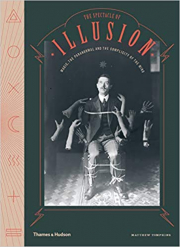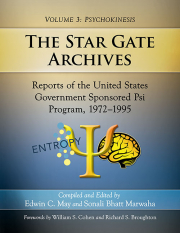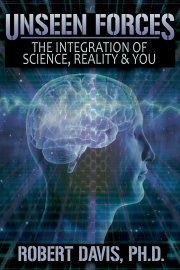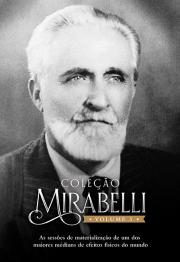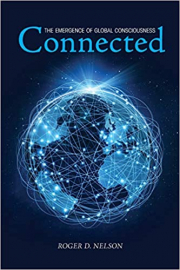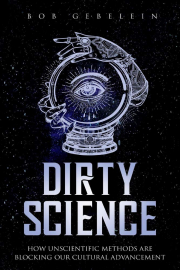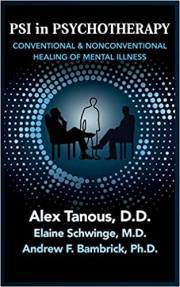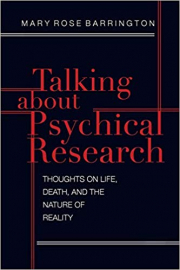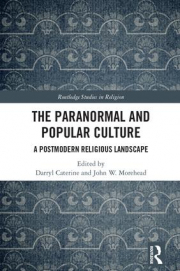From the publisher's website: O paulista Carmine Mirabelli, certamente ocupa um lugar de destaque na lista dos maiores médiuns de efeitos físicos da História Moderna (ou, segundo seus detratores, na lista dos maiores mistificadores). Também figura como um dos médiuns mais perseguidos pela imprensa, no Brasil. A coleção Mirabelli vol. 3, encerrando a restauração histórica da vida e obra desse médium ímpar, reedita as seguintes obras:
- O Médium Mirabelli – O Resultado de um Inquérito, de Rodolpho Mikulasch.
- O Espiritismo Científico e as extraordinárias mediunidades do Sr. Mirabelli, do Dr. Carlos de Castro.
- O Médium Mirabelli Mistifica?, de Miguel Karl.
- Martírio e Glória do Professor Mirabelli, de J. F. Schimidt e Olavo Leite.
No apêndice, apresentamos a Campanha Anti Mirabelli, a maior perseguição movida pela imprensa contra um médium brasileiro. A fase final da vida de Mirabelli é reconstituída através das publicações de Revistas e Jornais pelo país. Philippe Piet van Putten, pesquisador científico espiritualista, em entrevista exclusiva, relata suas pesquisas sobre o médium e abre seu acervo particular de fotos e documentos. E para encerrar, o neto de Mirabelli, Luiz Mirabelli Jr, relata diversas histórias inéditas sobre seu avô, incluindo depoimento importante sobre a famosa foto da levitação, sessão na qual seu pai esteve presente, e apresenta fotos de seu álbum particular de família e atas de fenômenos físicos que aconteceram dentro da prisão, quando o médium cumpria pena nos seus derradeiros anos. A História, agora está recontada!
The publisher's website: Casa do Caminho Santana.


